
Soon, people in the village began seal hunting, and we had our first fresh seal of the year at Roy's mom's house. Seal meat is one of my favorite things in the world -- I have this irrational craving for it; it definitely has a strong taste, but it is very tender and very filling. When I eat it I feel like I could never eat anything else again, it's that satisfying. It's wild, like it satisfies a craving all the way down to my bones, or something -- maybe it's because it's so rich in nutrients like iron and omega-3s, etc, that my body knows it's fulfilling those nutrient-needs. I don't know, but I know I like it! Here is a picture of Esther and her cousin Sheila enjoying their seal:
 Then we began to get seal given to us from Roy's mom, and Roy's aunt Emily, the aunt Emily who often takes care of Esther. Emily and Melba (Roy's mom) would get called by other families who had hunted and caught seal to help with the butchering of the seals, and they would be given large parts of the seal in return. They in turn shared it with me, for which I was very grateful. At one point, Roy's mom was given a whole small seal, and her freezer was already full, so she gave it to us, the whole thing, minus the skin. For the first time, I had seal blubber, also, called "Uuquq", which traditionally is rendered down into oil, and then the oil is used for seasoning soups and fish, and dried salmon is cured inside it to make something called pokefish. I decided to try my hand at it:
Then we began to get seal given to us from Roy's mom, and Roy's aunt Emily, the aunt Emily who often takes care of Esther. Emily and Melba (Roy's mom) would get called by other families who had hunted and caught seal to help with the butchering of the seals, and they would be given large parts of the seal in return. They in turn shared it with me, for which I was very grateful. At one point, Roy's mom was given a whole small seal, and her freezer was already full, so she gave it to us, the whole thing, minus the skin. For the first time, I had seal blubber, also, called "Uuquq", which traditionally is rendered down into oil, and then the oil is used for seasoning soups and fish, and dried salmon is cured inside it to make something called pokefish. I decided to try my hand at it: Here is my workspace on the floor, with the bucket of blubber and my traditional knife, called a "Kinaluq" out here on the coast, opposed to the inland, "Ulu". It has a very strong smell, perhaps some westerners would find it offensive, but I have gotten used to it and enjoy it.
Here is my workspace on the floor, with the bucket of blubber and my traditional knife, called a "Kinaluq" out here on the coast, opposed to the inland, "Ulu". It has a very strong smell, perhaps some westerners would find it offensive, but I have gotten used to it and enjoy it.  Here are some of my jars of Seal Oil, Uuquq, when they are about done rendering. Only the jars in the front -- the ones in the back are my store of water jars, for when the water goes out,as it is bound to do up here!
Here are some of my jars of Seal Oil, Uuquq, when they are about done rendering. Only the jars in the front -- the ones in the back are my store of water jars, for when the water goes out,as it is bound to do up here!Rendering the oil is a simple process --you cut the blubber into strips, score the surface of it for better oozing, and let it sit for a couple weeks. Then you are left with little fatty remnants that you take out of the jars. Some people use those strips of fat for food, in soup, or whatever, but I think I'll use them to start my campfires this summer instead of using some kind of petroleum-based fire starter.
As I was rendering this blubber down, I got lots of different advice from various sources, and some that I considered superstitious, but as with all supersitions, they must have their root in something practical. For example, I had them originally up high on a shelf in my pantry, and I was told they needed to be down low or they would be sour. I was told they needed to be in the dark, in the cold -- both of which makes sense. I was told that only certain containers, and certain colors of containers, all of which was interesting to me. My uuquq has turned out Ok so far, except for the jars that grew mold -- eew! Which I got rid of. I know how it happened, too: being a good, clean-obsessed westerner, I washed some parts of the blubber that seemed dirty to me. Guess which jars molded? The ones that I had washed. So interesting.
And we were given yet another seal, under interesting circumstances. Several teachers and I went out to the beach one Saturday evening to see hunters who had caught whales (I'll describe this adventure at the end), and we encountered some out-of-town hunters who were having difficulty getting a whale they had caught into their boat. The guys from our party helped the hunters, and in return they gave us a whole seal, for thanks.
 Here are the guys doing the huge work of helping put the whale into the hunters' boat.
Here are the guys doing the huge work of helping put the whale into the hunters' boat. We had an adventure figuring how to butcher the seal best, and how to separate the blubber from the skin and meat. There were six of us working on this little seal, a spotted seal. It took us a long time and lots of trial and error to get it right -- I was the only one who had worked on one before, and that was only once. We flagged down a few students to help us, who were quite adept at it, but all of our other calls we made out to people we knew might could help went unanswered -- everyone was out, away from home on a beautiful, sunny evening. So we muddled through as best we could, and enjoyed ourselves a ton.
 I know my eyes are closed in this picture, but I was tired! No, I joke -- I like it anyway because it shows how many people were working on this seal at once in my kitchen -- teacher Audrey is to my right, and her husband Mike's hand is reaching in at the forefront of the picture.
I know my eyes are closed in this picture, but I was tired! No, I joke -- I like it anyway because it shows how many people were working on this seal at once in my kitchen -- teacher Audrey is to my right, and her husband Mike's hand is reaching in at the forefront of the picture.  In this picture you can see how the blubber is a layer in itself outside of the meat, and the first step is separating those two layers.
In this picture you can see how the blubber is a layer in itself outside of the meat, and the first step is separating those two layers. The next sea-life adventure was clam-digging, on such a sunny day that I actually got a sunburn, in late May. We went out to the point, the spit of sand that reaches out into where the bay and the Bering Sea meet, called "Nuvok"(and I think I have pictures of this place at winter time, as well, in previous posts) at really low tide. It was very muddy out there, very sloppy, but we found an enormous cache of clams, and really big ones!
 It was a gorgeous day at Nuvok, low tide, with the mountains very clear in the background. There were a bunch of clam diggers out there that day.
It was a gorgeous day at Nuvok, low tide, with the mountains very clear in the background. There were a bunch of clam diggers out there that day. Esther is holding a little clam she helped me dig up, its foot out.
Esther is holding a little clam she helped me dig up, its foot out.It is so fun to dig them up, because they spout water out of their little foot as you hoist them and the mud they're in up with a shovel. It was totally addictive to dig these clams and only a tired, muddy, wet, cold baby could make us quit.
 She was so muddy that it looked like she could be all decorated for some kind of primal celebration! :)
She was so muddy that it looked like she could be all decorated for some kind of primal celebration! :) After I got her cleaned up, she totally zonked on the honda, as we gathered our stuff and packed up. :)
After I got her cleaned up, she totally zonked on the honda, as we gathered our stuff and packed up. :)
Some of our haul of Clams -- steamed up wonderfully.
So the next portion of our adventure might be the most offensive for those of you who aren't sure you're OK with sea-mammal stuff, because I'm going to write and post pictures about whale hunting and butchering, etc. Just to give you warning, just in case!
The whales in question are Beluga whales, the small white and grey whales (small by whale standards), and they come to the waters around Hooper Bay to feed on fish like salmon and herring (herring is what they are after right now) - - they are toothed whales, not baleen. And, while I have lots of romantic pictures of whales, and I feel that they are really magical and wonderful, I also feel OK about them being food. Especially since Esther and I caught a glimpse of the entire pod of whales when they were swimming close to the beach, parallel to shore -- and there were just a ton of whales. I mean, at least 200, maybe more. They just kept coming! It was amazing, because I've never seen whales in the wild before, alive. We were on the beach and I heard this lowing kind of sound, like a foghorn, and I got to wondering what that was, and when I got the binoculars out, I saw them, swimming and diving, flukes in the air and all. Esther couldn't really tell what they were, and was a little tickled by all my excitement. I told her to keep watching out there, because one of them might jump, and she started to holler, "Jump! Jump!". Hee hee.
The whales in question are Beluga whales, the small white and grey whales (small by whale standards), and they come to the waters around Hooper Bay to feed on fish like salmon and herring (herring is what they are after right now) - - they are toothed whales, not baleen. And, while I have lots of romantic pictures of whales, and I feel that they are really magical and wonderful, I also feel OK about them being food. Especially since Esther and I caught a glimpse of the entire pod of whales when they were swimming close to the beach, parallel to shore -- and there were just a ton of whales. I mean, at least 200, maybe more. They just kept coming! It was amazing, because I've never seen whales in the wild before, alive. We were on the beach and I heard this lowing kind of sound, like a foghorn, and I got to wondering what that was, and when I got the binoculars out, I saw them, swimming and diving, flukes in the air and all. Esther couldn't really tell what they were, and was a little tickled by all my excitement. I told her to keep watching out there, because one of them might jump, and she started to holler, "Jump! Jump!". Hee hee.

Here is a picture of the pod of beluga whales, courtesy of Teacher/Photographer Sabrina Silvernale.
It was awesome. And when I saw the pod, I knew there would be hunters catching whales, also, so Esther and I drove down to Nuvok, the point, where I knew they would be, and sure enough they were there. I was glad I had brought buckets, to bring back meat and skin -- most of the time it is just fine to go where hunters are butchering the whales and to ask if you can have some of the whale, since they are so big. Roy expertly cut some off for us, and then I tried my hand at it, much less expertly. It was a really different feeling than butchering the seal because the whale, though dead, was still warm -- and to cut off some of that was just a little overwhelming. But, still, there was an emotional line between what I had seen swimming in the ocean and what was here, on the beach, being butchered.
 Hunters who have caught two beluga whales.
Hunters who have caught two beluga whales. Roy and another hunter butchering a whale.
Roy and another hunter butchering a whale. Me trying my hand at cutting some whale meat, with teacher-friend Melody and the hunter, Leonard Bell.
Me trying my hand at cutting some whale meat, with teacher-friend Melody and the hunter, Leonard Bell. So now I had this big load of whale meat and skin, and what to do? Yeah, this is where the real work began.
First I had to deal with the skin -- it is a real delicacy here in Hooper Bay, and I have to admit I liked it a lot. The first time we had some, I tried it raw, and it was very chewy, very buttery. Esther LOVED it raw, and kept demanding more, but we suddenly had a call from Roy's mom to tell us that if we were eating whale, we couldn't eat anything else that evening that came from the land, including the goose we had going in the crockpot. The belief is that if you eat a land animal and a sea animal, you will get indigestion because they will fight in your stomach. However, since that time, I have had multiple discussions with people on this topic, and they say that they won't eat moose and whale together, but they'll eat whale with potatoes, or crackers, or even pop or candy. As my good friend Norma said, "Pop and candy are from the land!". So, anyway, I'm not going to flout this superstition, but I'm going to slowly, cautiously, probe the boundaries of it over time. :)

Preparing whale skin -- cutting fat off, cutting into pieces for freezing.
So, anyway, The preferred way to cook it is to boil/simmer it for a couple hours, until it is very soft, and to eat it with tamari sauce. It was excellent! However, I ate too much of the fat with it -- at first I thought I was feeling ill because of the superstition, but then it just began to be clear when it just felt like I had eaten something overly rich. Roy had told me to cut off the fat after I cooked it, and I did cut off a lot of it, but it was very tasty, and I was thinking it was full of healthy sea-mammal fatty acids(if they had survived the boiling), so I ate it. Mistake! But I was OK the next morning.
The next time I cooked it, I cooked the clams the same day -- I cooked them each separately, and then I made a super-yummy clam chowder and added the fat-free whale skin. Wow! What a great recipe, totally unique to Hooper Bay. :)So, anyway, The preferred way to cook it is to boil/simmer it for a couple hours, until it is very soft, and to eat it with tamari sauce. It was excellent! However, I ate too much of the fat with it -- at first I thought I was feeling ill because of the superstition, but then it just began to be clear when it just felt like I had eaten something overly rich. Roy had told me to cut off the fat after I cooked it, and I did cut off a lot of it, but it was very tasty, and I was thinking it was full of healthy sea-mammal fatty acids(if they had survived the boiling), so I ate it. Mistake! But I was OK the next morning.
 My bowl of clam and whale skin chowder -- you can see the grey chunk of skin and a couple clam feet on top of the soup.
My bowl of clam and whale skin chowder -- you can see the grey chunk of skin and a couple clam feet on top of the soup. The whale meat was a whole 'nother project. I had nearly two buckets of it! One bucket I cut into nice portions and put them in ziplocks in the freezer. I cut a portion of stew-meat chunks and made my mom's beef stew recipe. I browned the meat with onions in a skillet, and then I put it in the crockpot with potatoes, carrots, peas, and tomato sauce, with some spices. It turned out remarkably like the beef stew of my childhood! It was really good, and the meat was very tender. However, I learned I should have washed the meat more thoroughly, because there was some sand in some of the pieces of meat! yikes. It was chew-chew-crunch! The only one who didn't mind was Esther, who still eats sand at the beach anyway. :)
The second bucket of whale meat I cut into nice strips and marinated overnight with salt and tamari sauce.

Then Roy tied them onto strings, and we hung them to dry on his mom's drying rack. Now we just wait until they've dried, to put away for the summer and next year.
































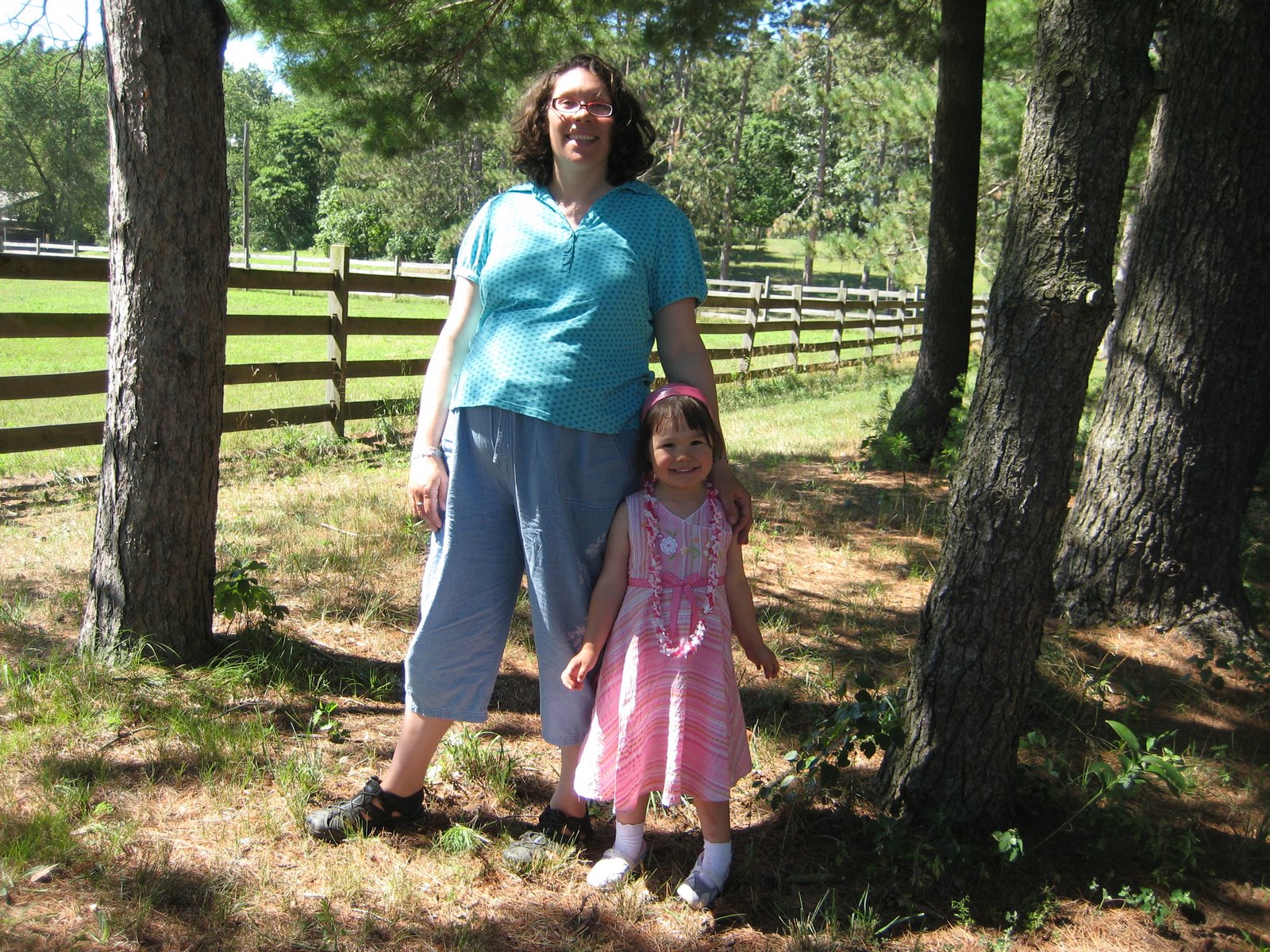
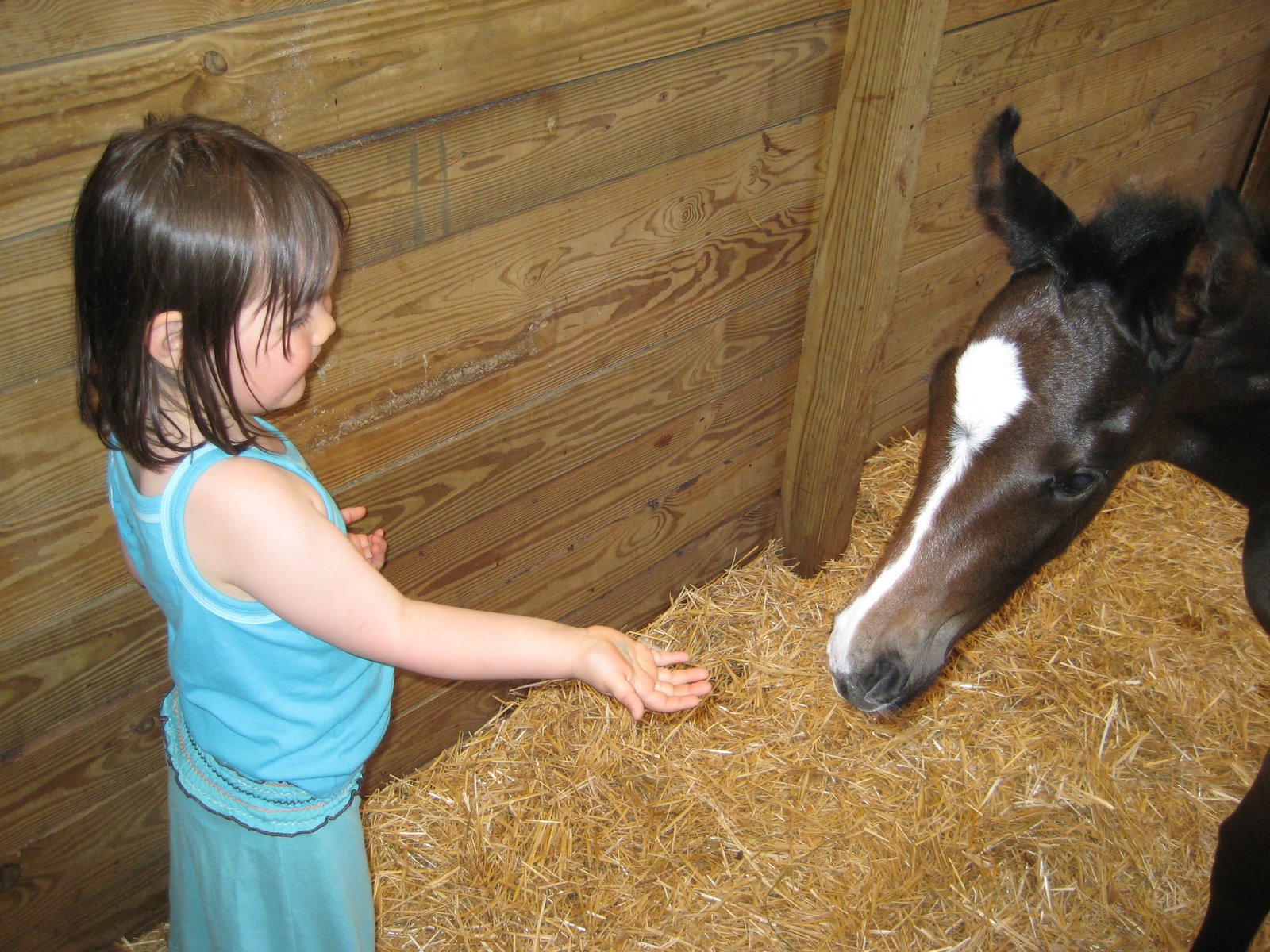
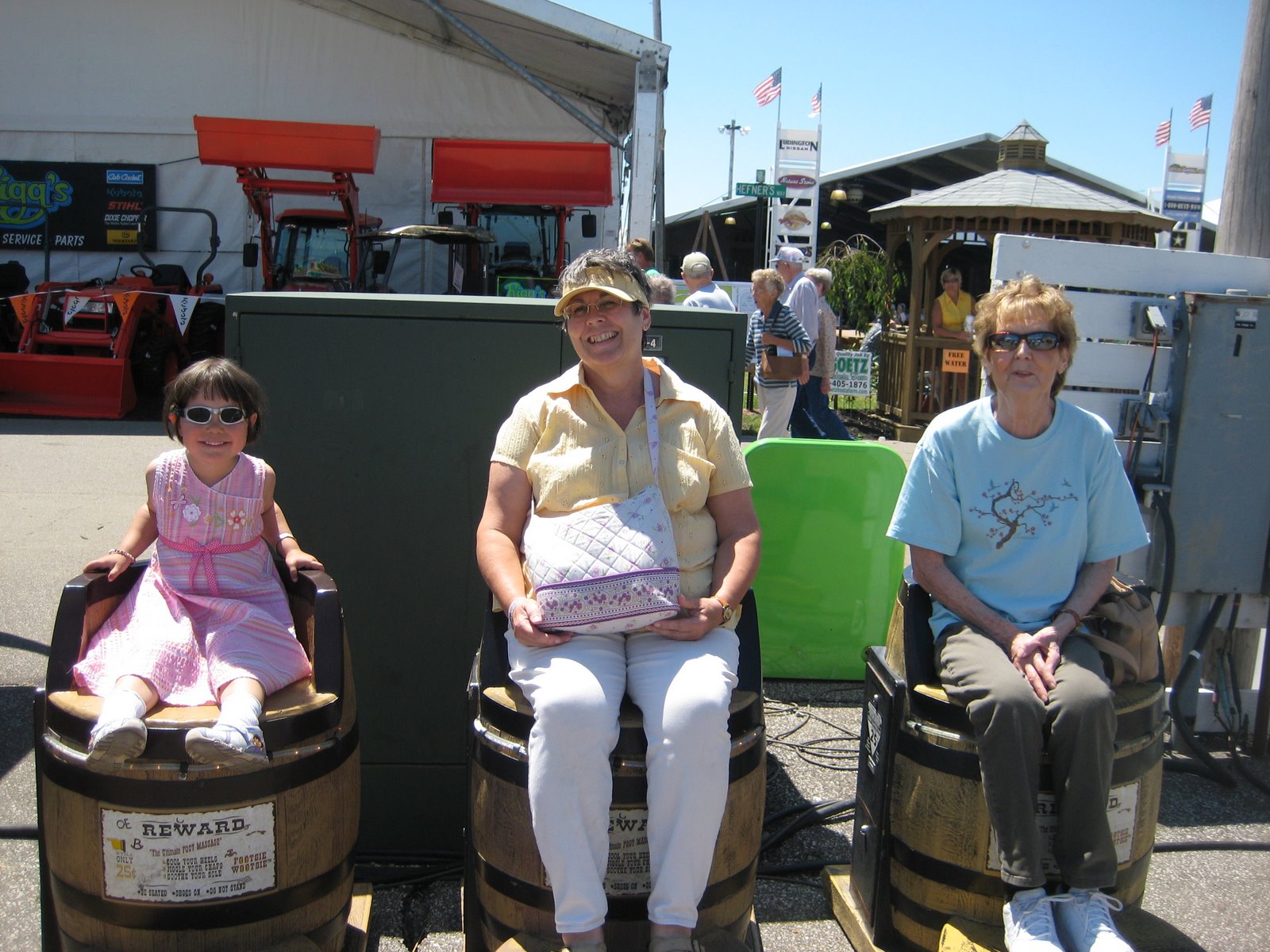


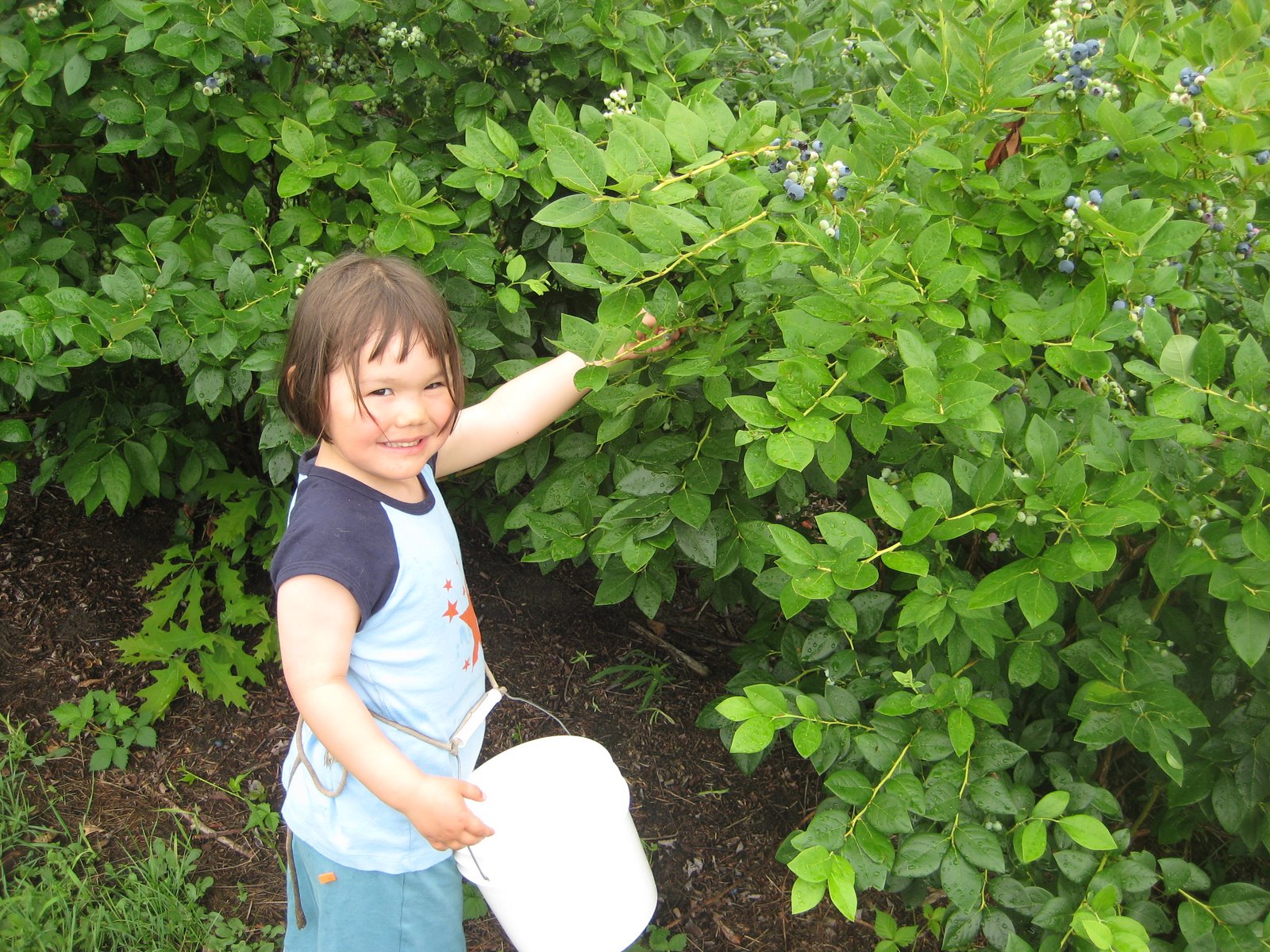
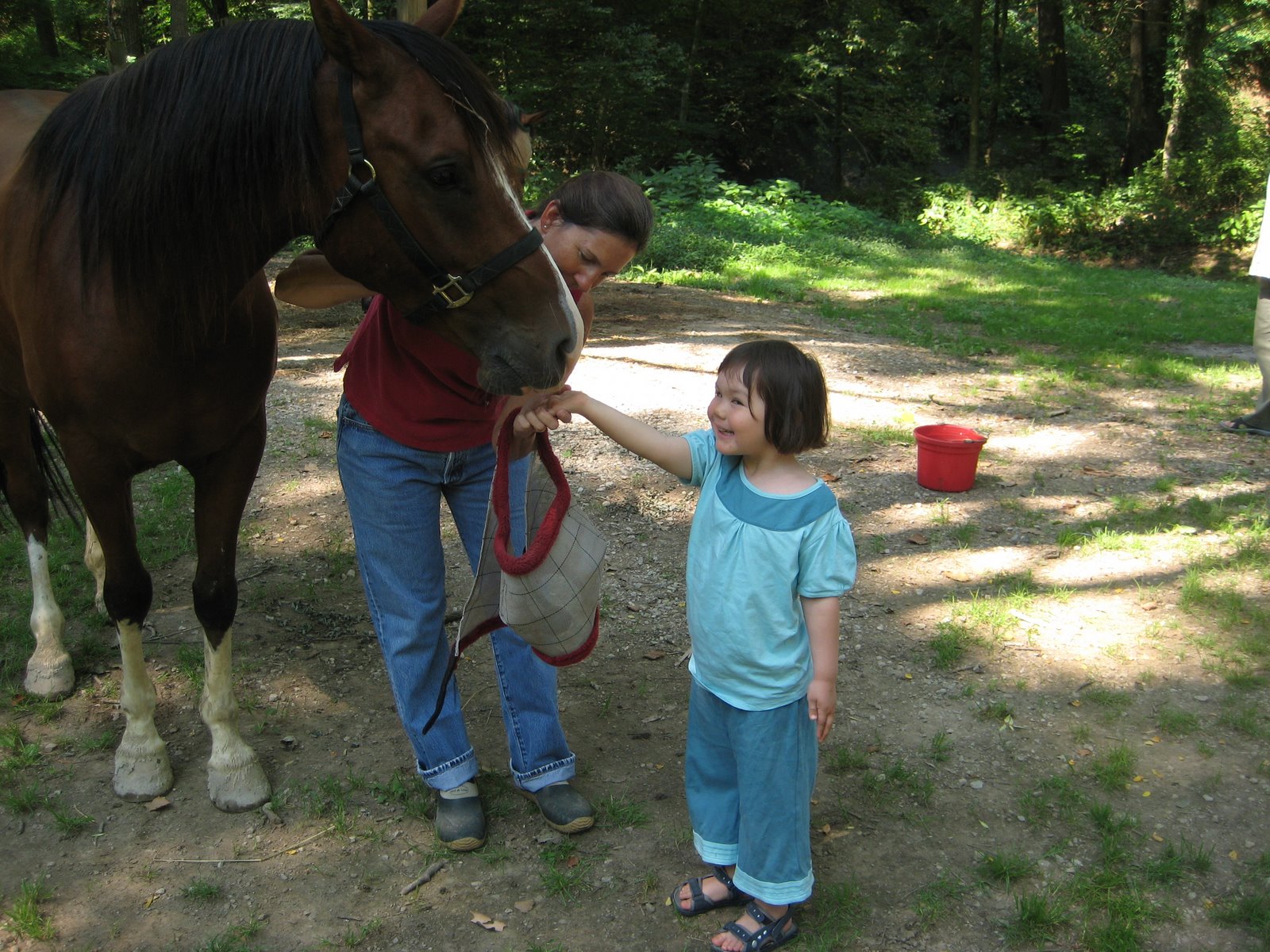
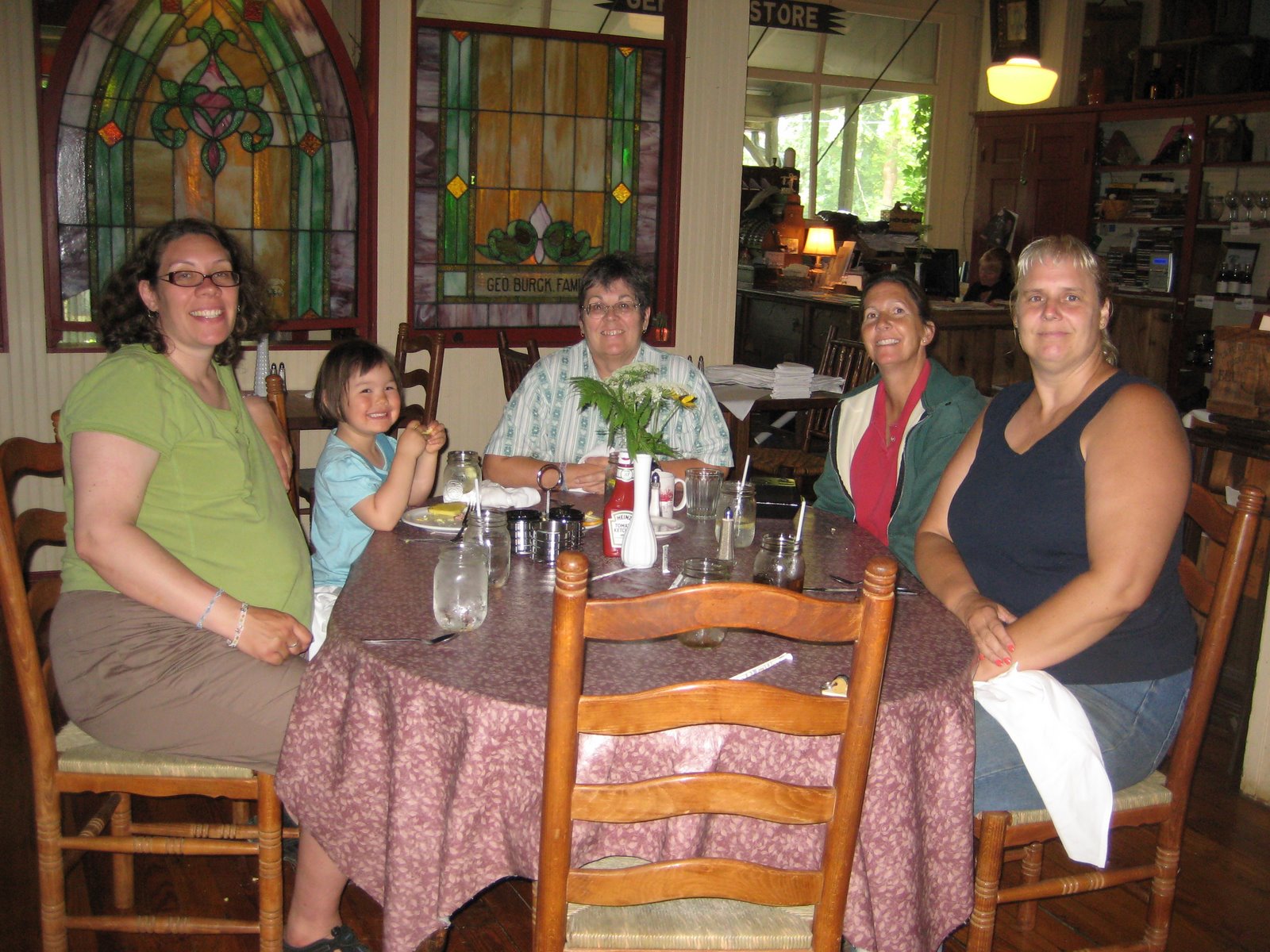
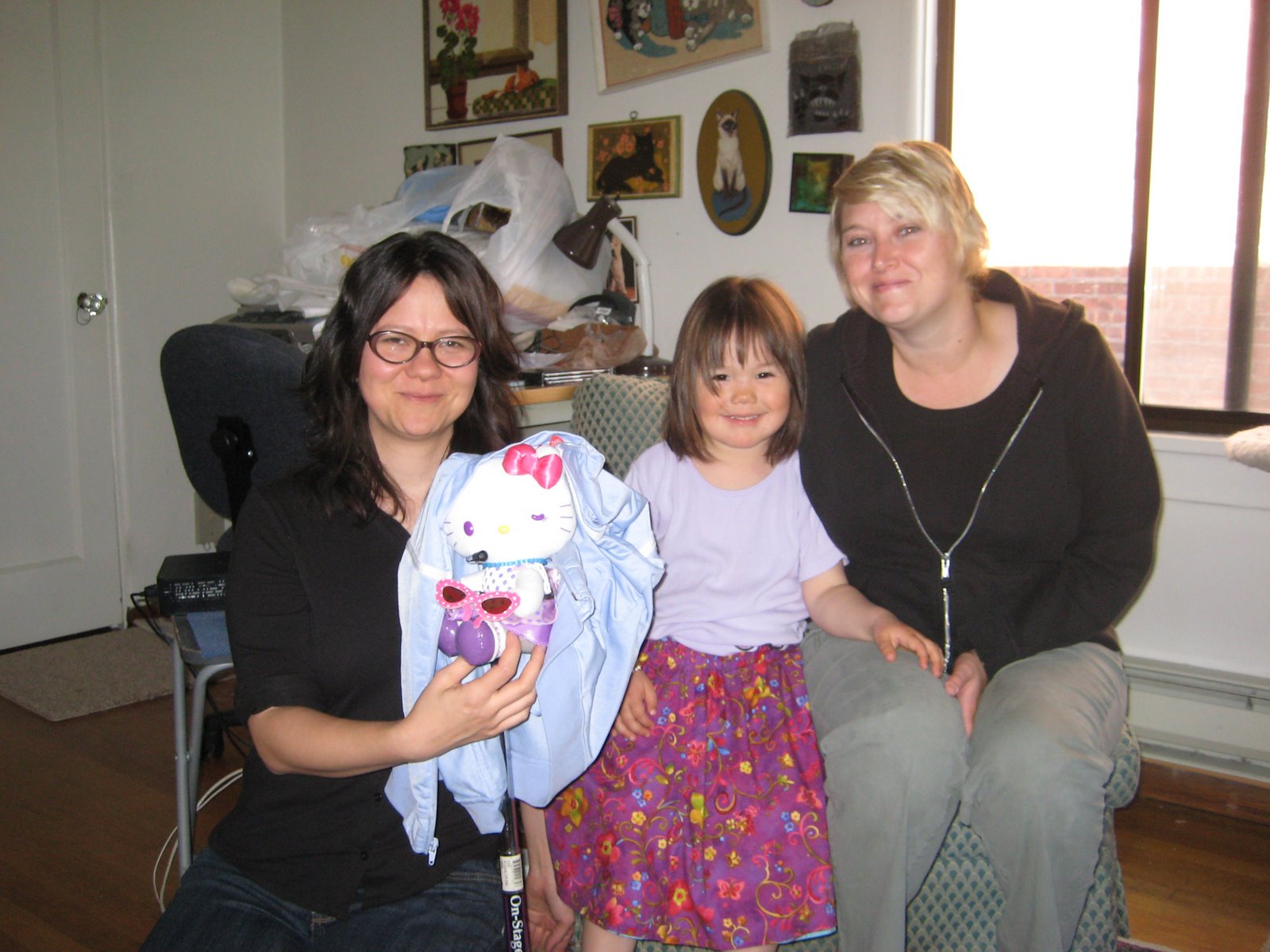

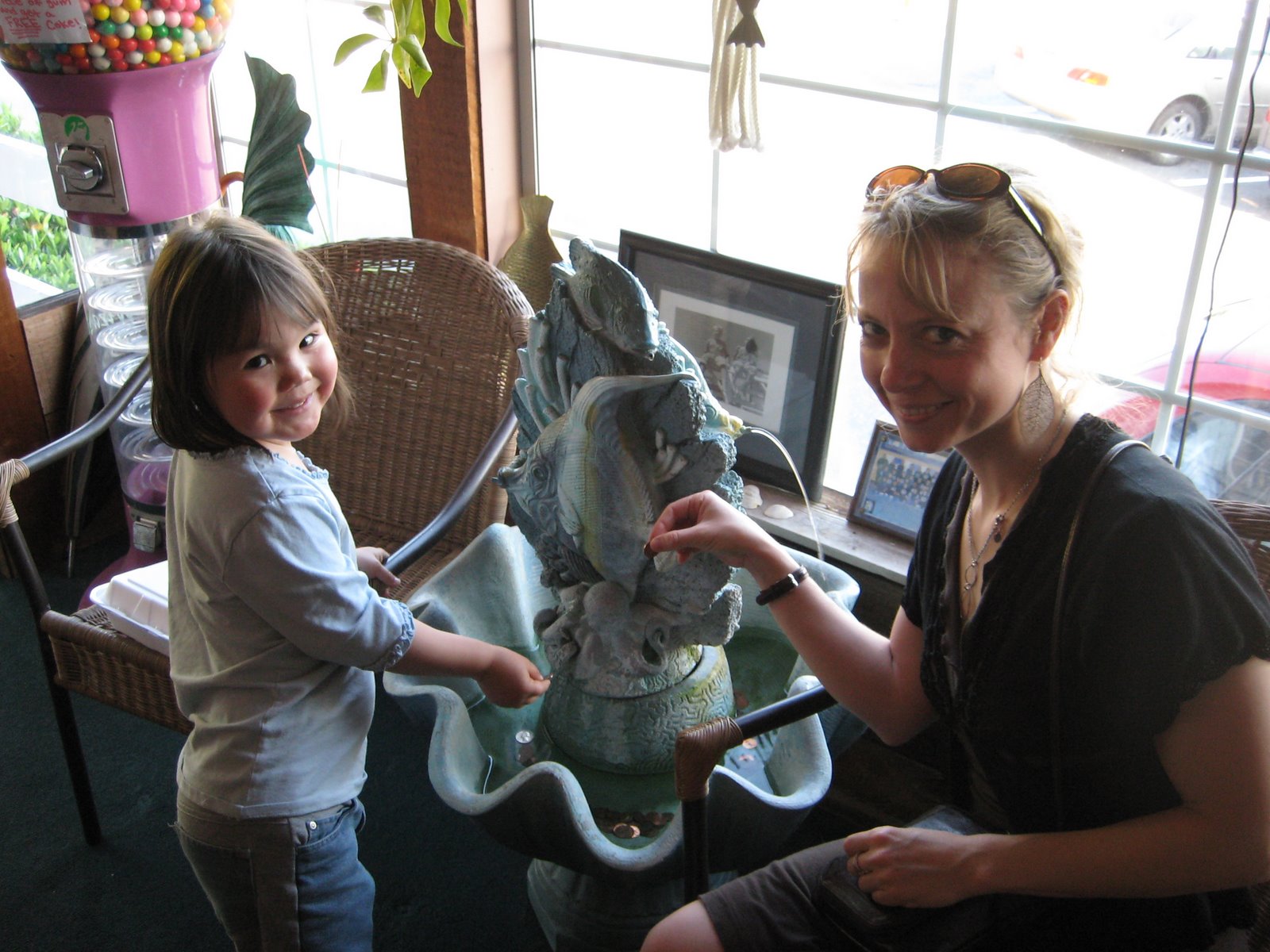
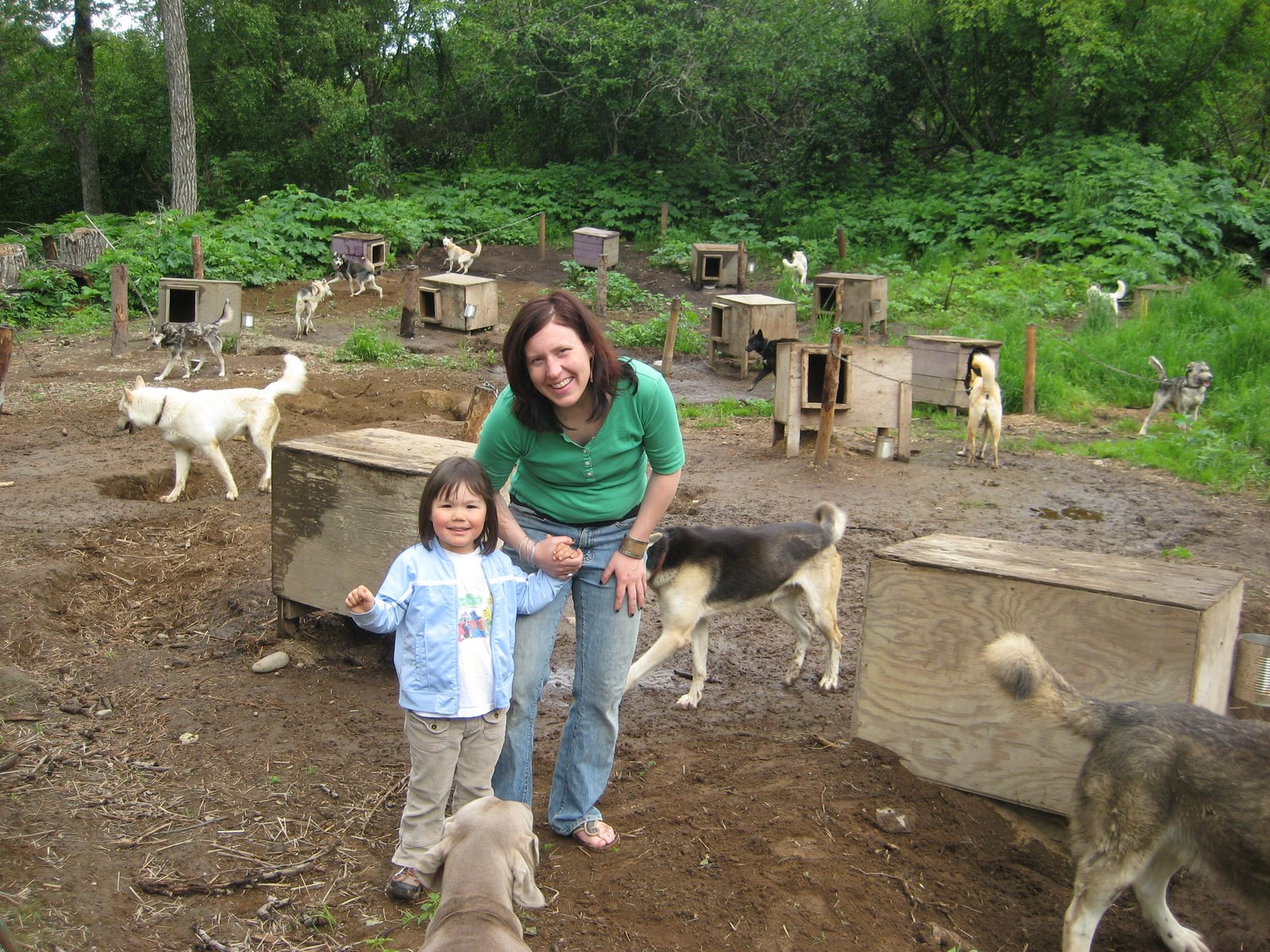
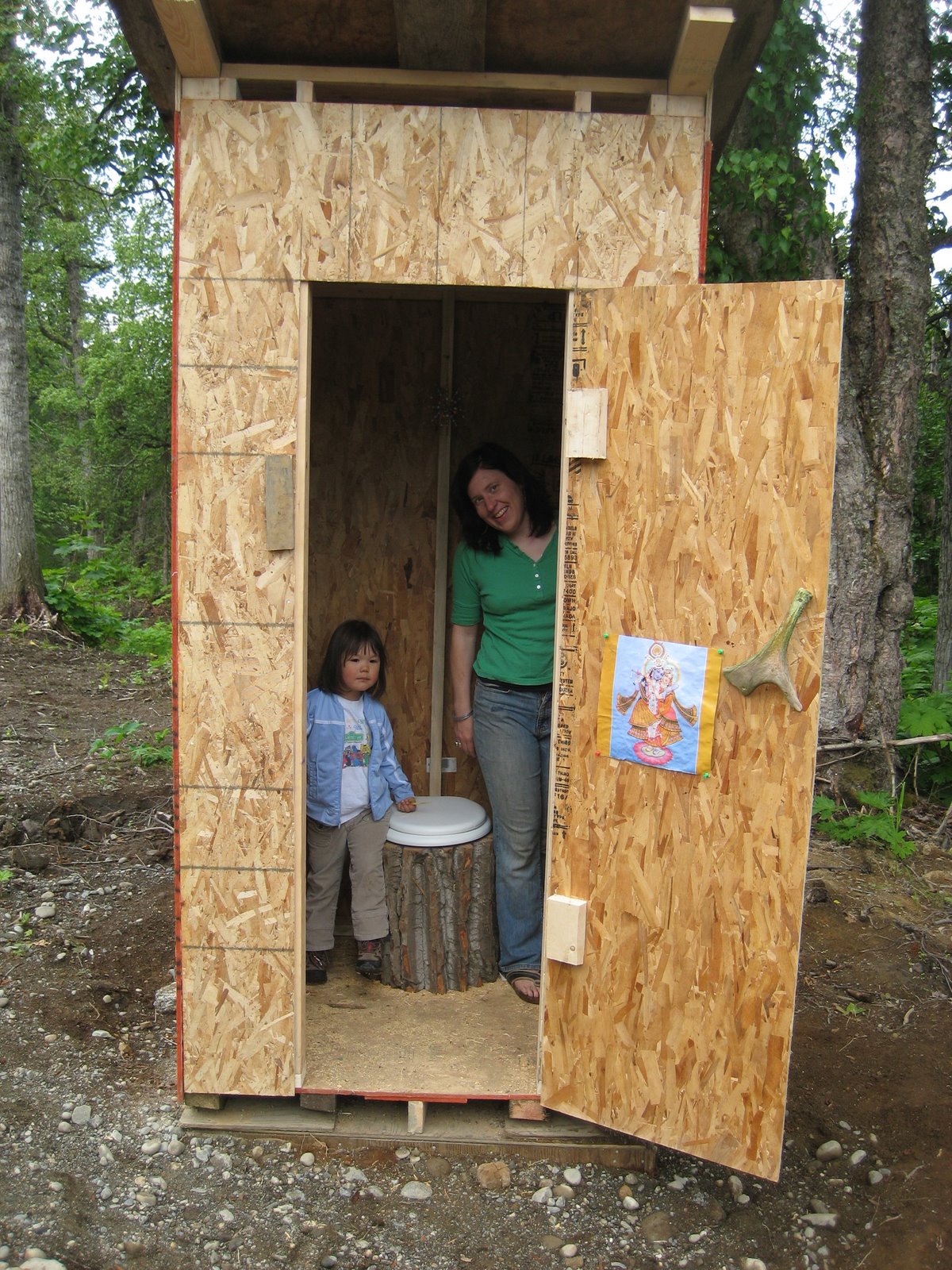
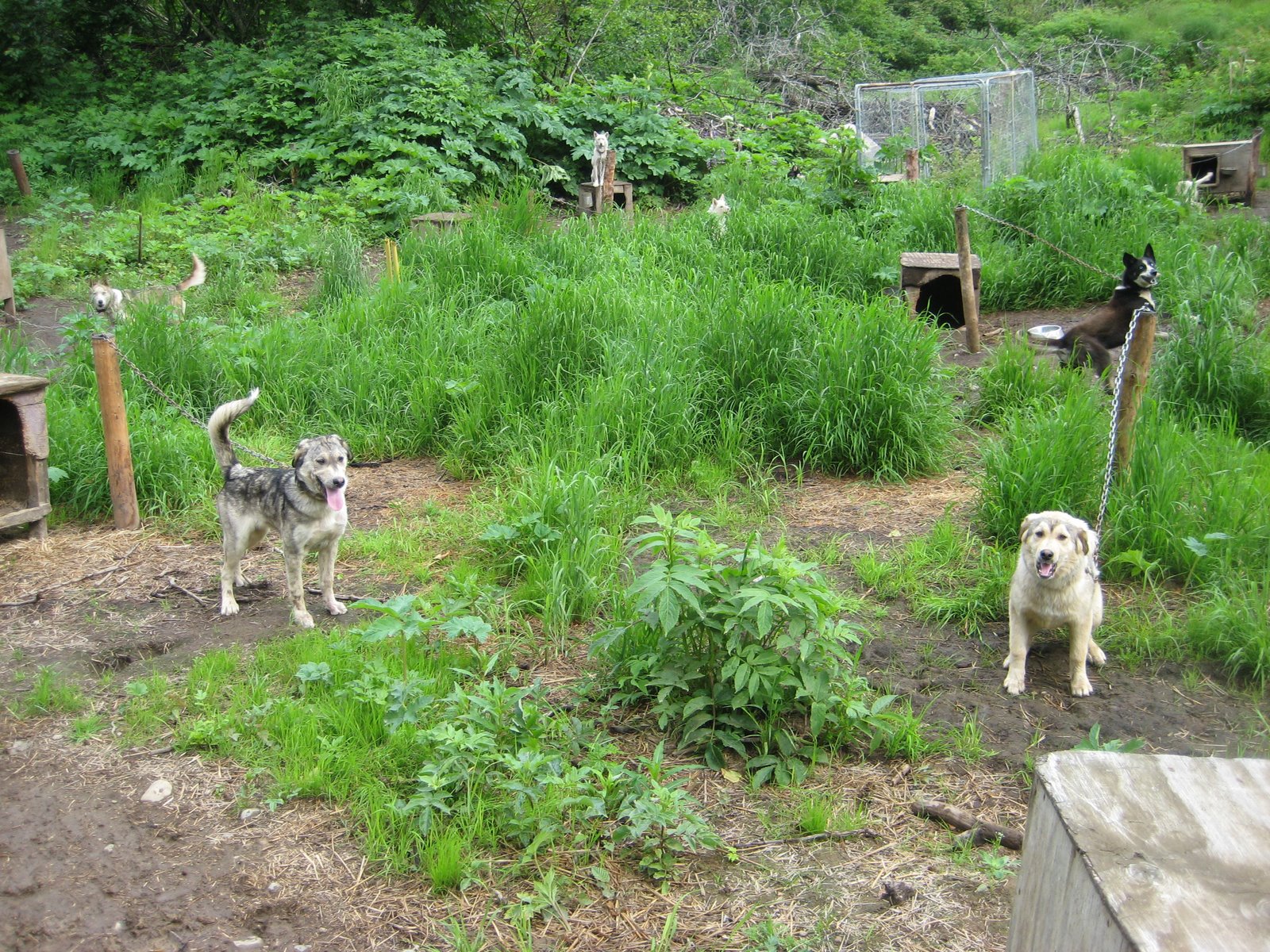

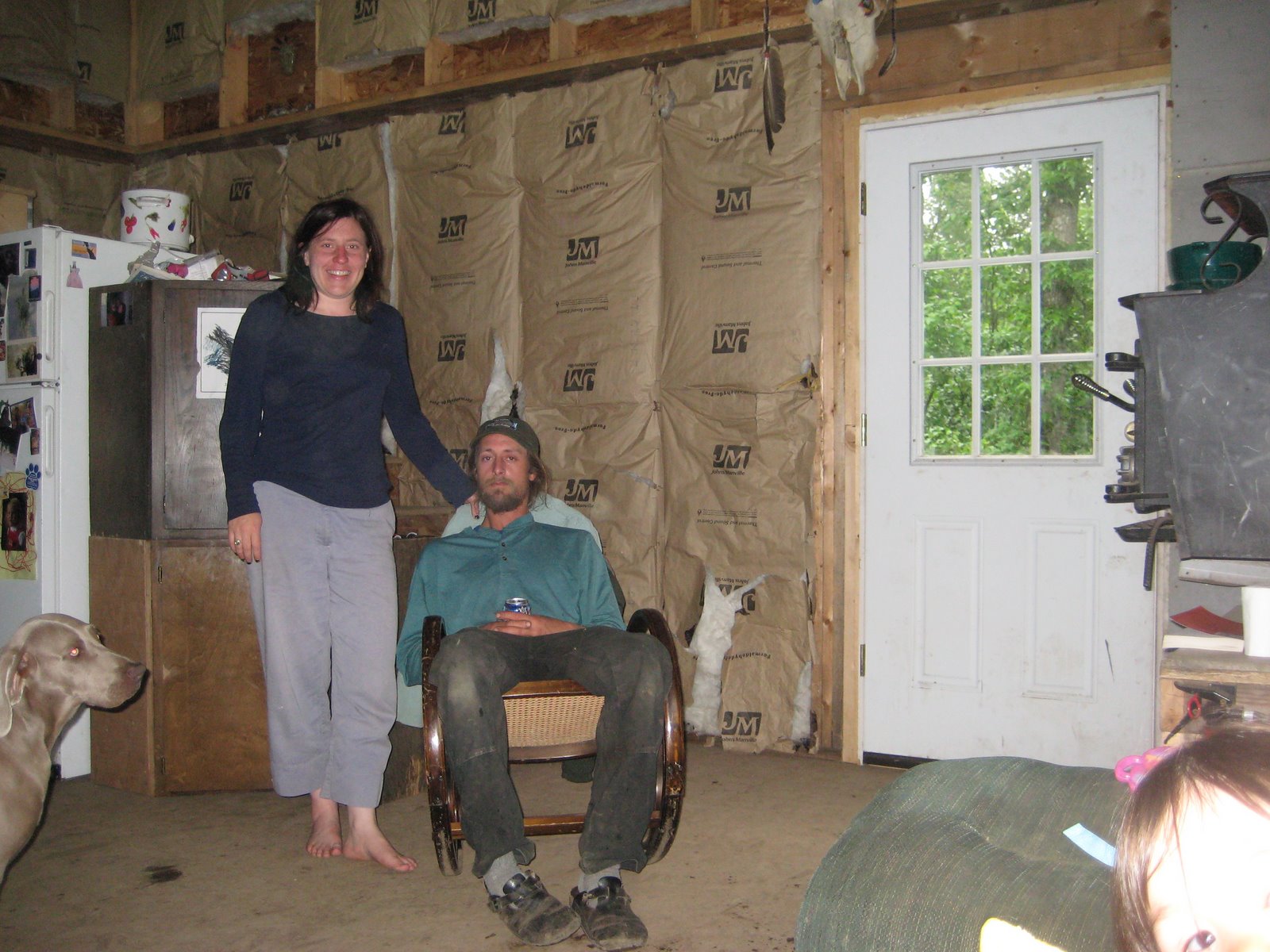
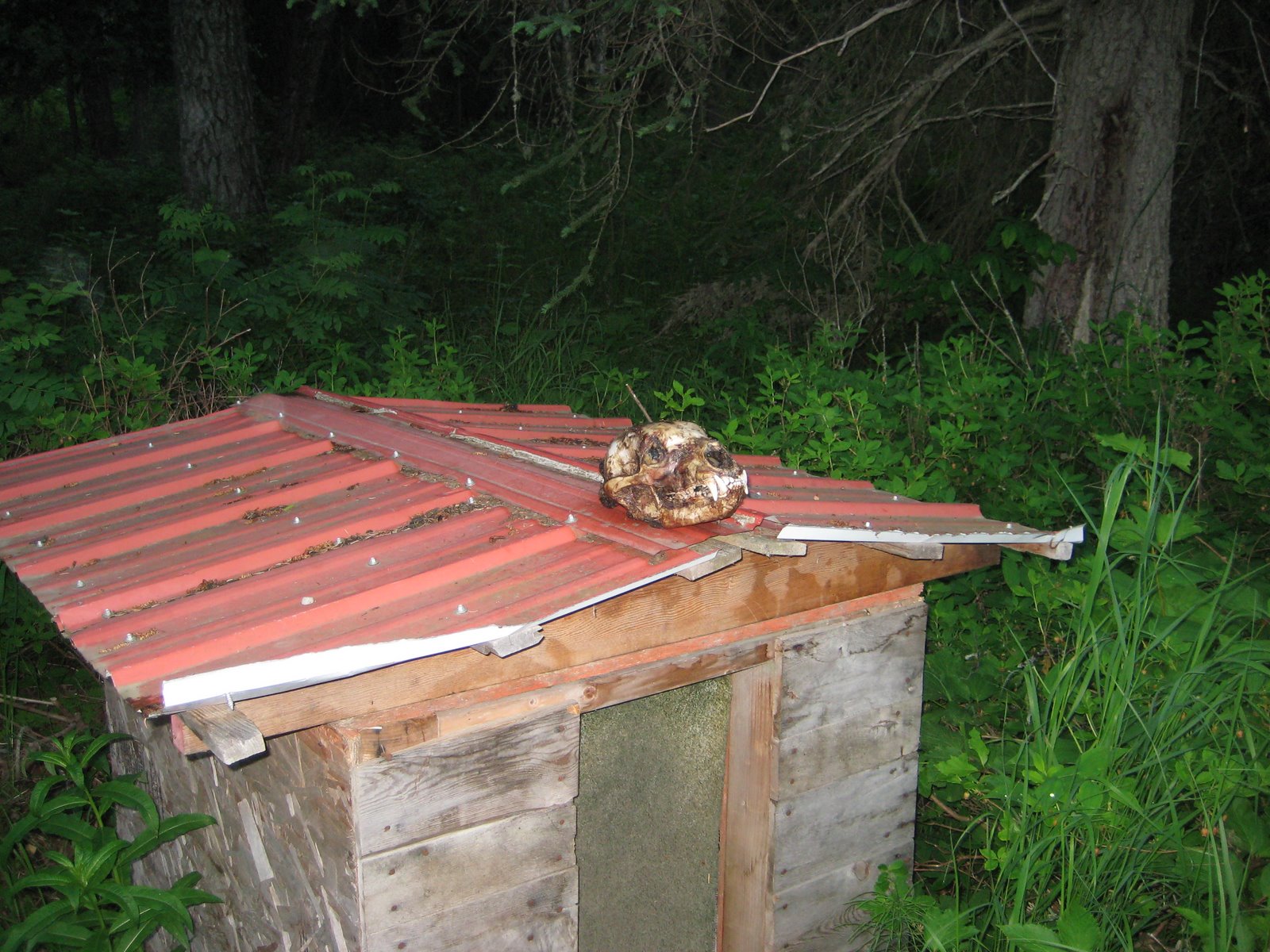




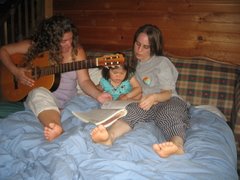

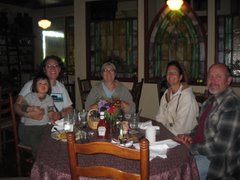
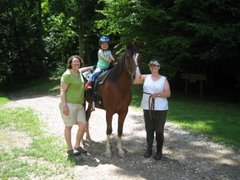
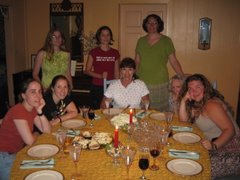
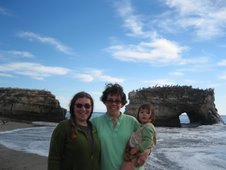
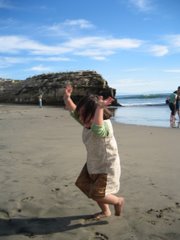






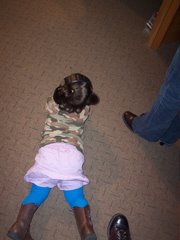
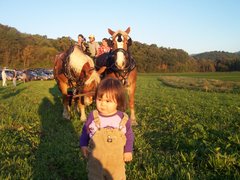

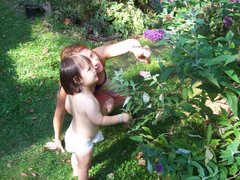


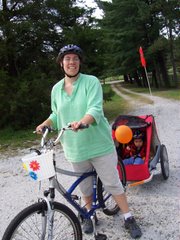

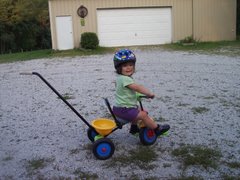

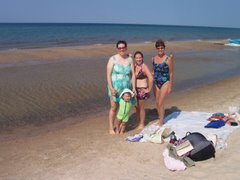

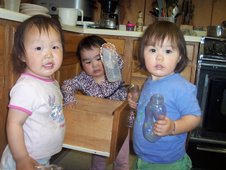
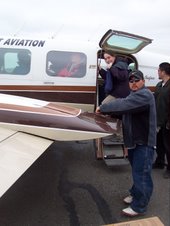
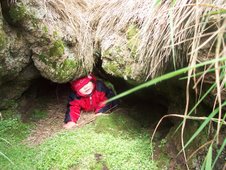
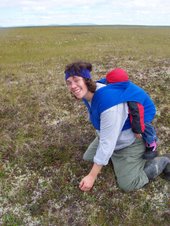



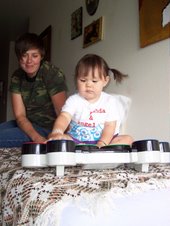

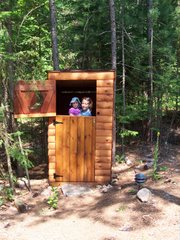




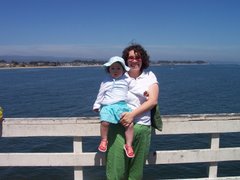


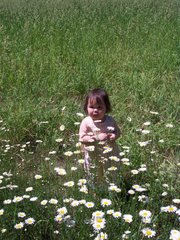














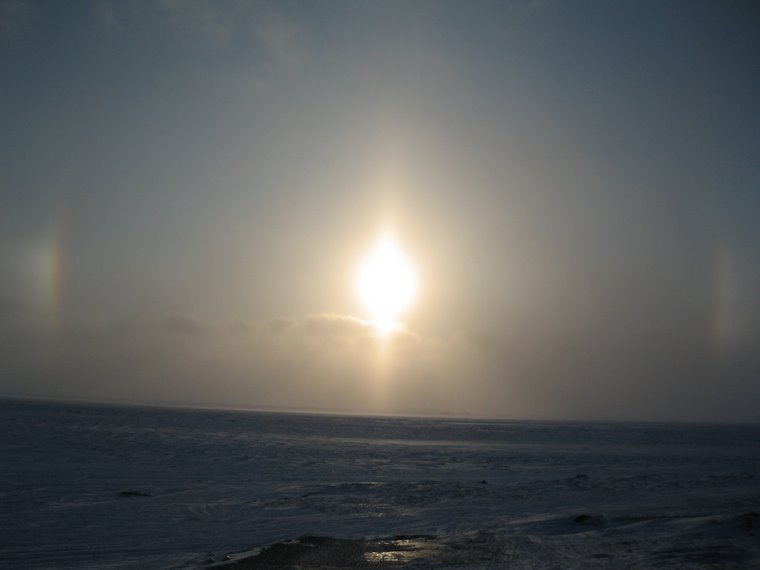


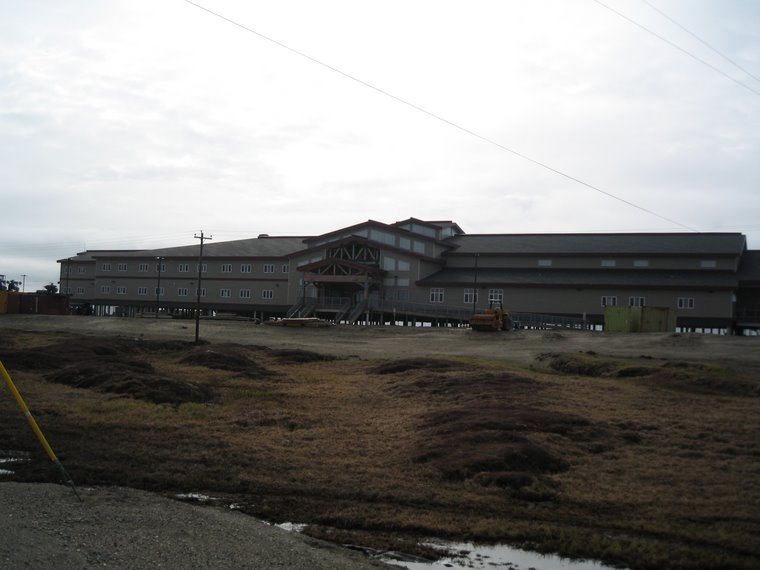

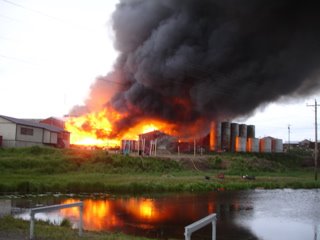
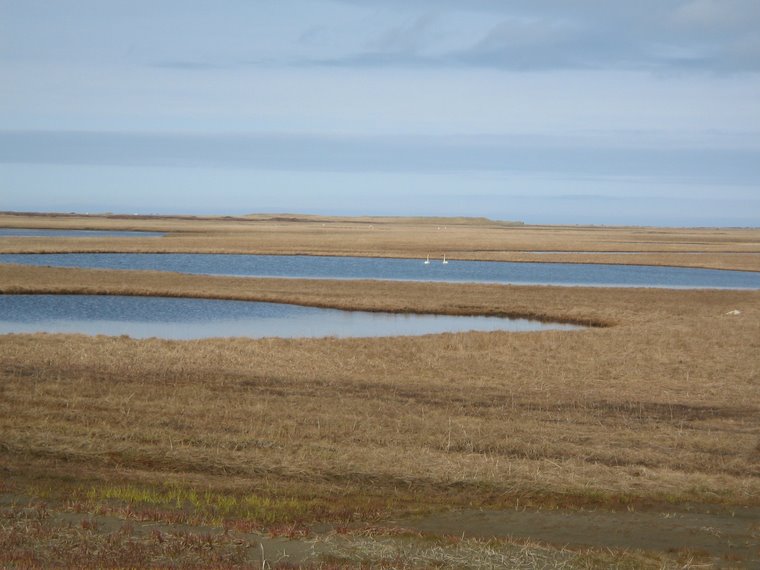

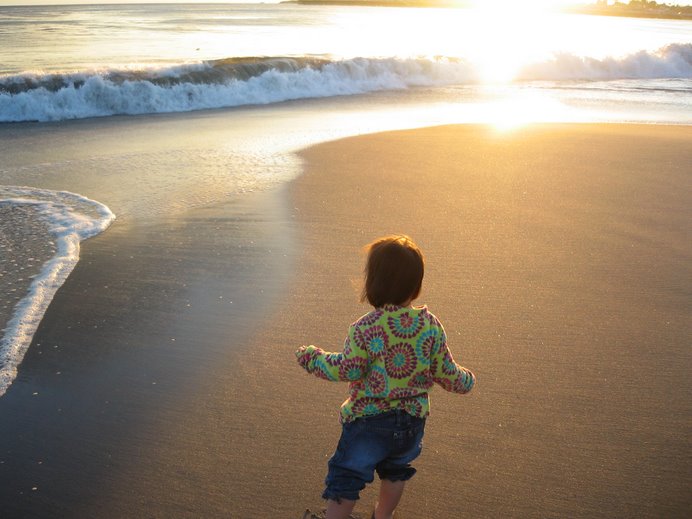
2 comments:
clam feet?
Thank you so much for your blog- whaling is such a great subsistence living practice- nothing goes to waste :-)
Post a Comment